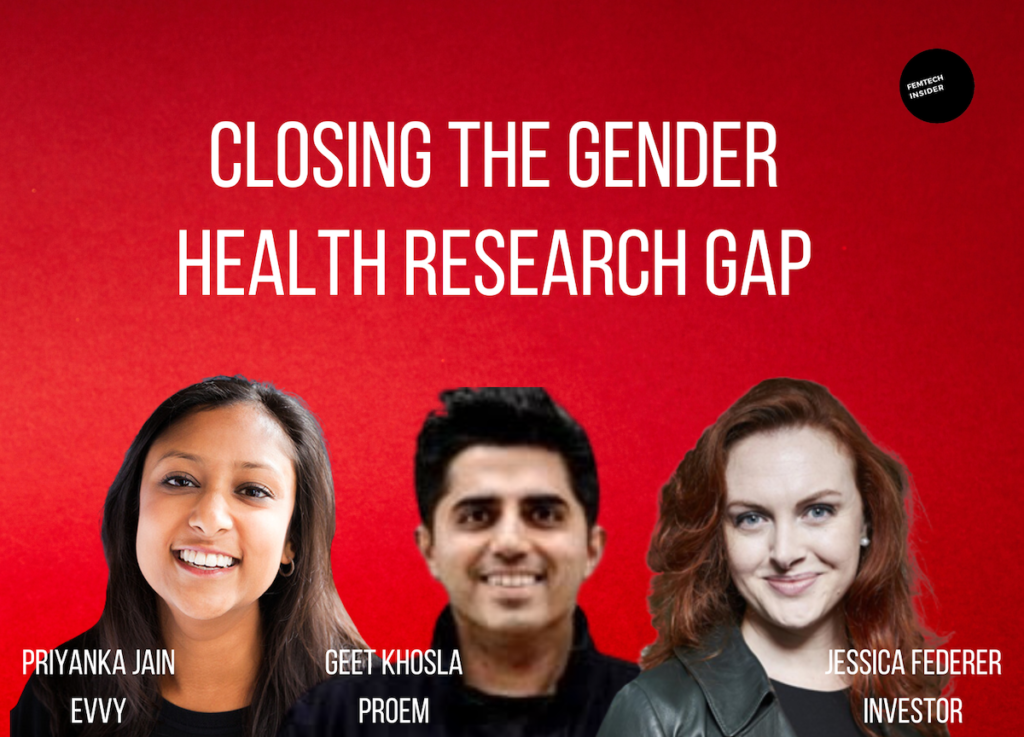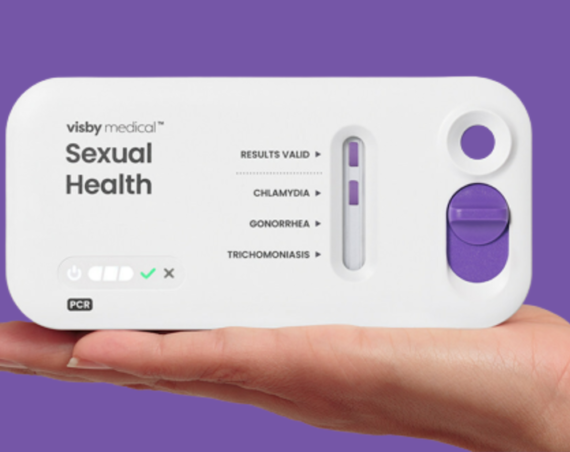
The gender health research gap remains a pressing issue in healthcare, as highlighted in a recent Femtech Insider webinar featuring Priyanka Jain of Evvy, investor and board member Jessica Federer, and Geet Khosla of Proem. Their discussion, led by Femtech Insider’s Kathrin Folkendt, revealed not only the depth of the problem but also a range of potential solutions spanning technology, policy, and education.
Understanding the Gender Health Research Gap
The gender health research gap refers to the disparity in medical knowledge and understanding between men’s and women’s health. This gap manifests in various ways, from underrepresentation of women in clinical trials to a lack of focus on health issues that primarily affect women. As a result, many aspects of women’s health remain poorly understood, leading to inadequate diagnoses, treatments, and overall care for women.
The root of the issue lies in the historical exclusion of women from clinical research. As Jain pointed out during the webinar, women weren’t required in clinical research in the U.S. until 1993, which has led to a fundamental lack of knowledge about women’s health: “If essentially, we’ve only studied middle-aged, mid-sized white men, and we’ve decided that the things we constantly measure or track are based on what was predictive in that population, what about the unique signals that the female body is constantly trying to give off and tell us where things are going well and where we need help?”
Addressing Disparities
To address this complex issue, the panelists discussed a multifaceted approach, starting with leveraging technology. Khosla’s company, Proem, is developing a platform to make health research more accessible, simplifying complex findings for both healthcare professionals and patients. This democratization of knowledge goes hand in hand with Jain’s patient-first approach at Evvy. By involving women directly in research about their own bodies, particularly focusing on the vaginal microbiome, Evvy is building valuable datasets. “98% of Evvy’s patients actively consent to research,” Jain noted, adding, “We actually get emails all day every day from women saying, ‘What else can I tell you so that my daughter doesn’t have to deal with the same problems that I do?'”
While these technological solutions are promising, the experts emphasized that systemic change also requires policy intervention. Federer stressed the power of regulatory mandates: “If regulators across the globe say, we need representative data and we need it from every stage of development, I promise you, pharma and biotech will figure out how to make it happen.” She extended this logic to payers as well, suggesting that if coverage were contingent on representative data, the industry would swiftly adapt.
The ripple effects of such policy changes could be far-reaching, potentially even transforming medical education – another critical area identified by the panel. Currently, many OB-GYNs complete their training without learning about key aspects of women’s health. According to Jain, “OB-GYNs, even though their number one appointment type for the rest of their career will be vaginitis and vaginal infections, don’t even learn about the vaginal microbiome.” Updating medical curricula could significantly improve women’s healthcare, ensuring that the next generation of doctors is better equipped to address women’s health issues.
The Gender Health Research Gap: A Complex Challenge
Closing the gender health research gap is undoubtedly a complex challenge, requiring coordinated efforts across research funding, technology, patient engagement, regulatory changes, and education reform. However, the potential benefits are enormous, promising not only better health outcomes for women but also a much deeper understanding of human health overall.



